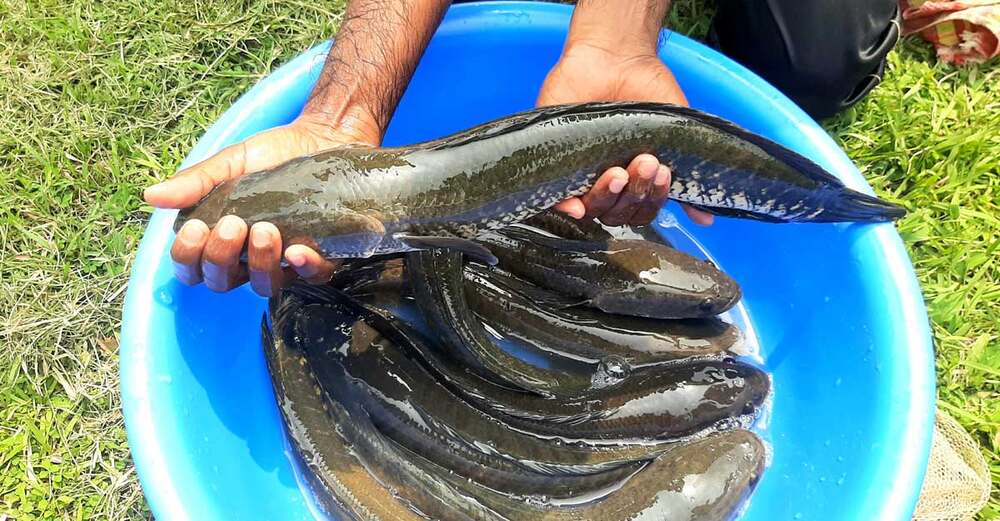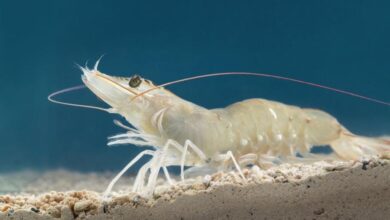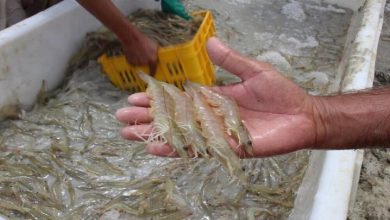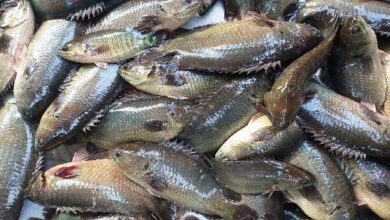
The Bengali term for the striped snakehead fish, or Channa striata, is “Shoal.” This type of freshwater fish is found in Bangladesh, India, Nepal, Myanmar, Pakistan, and other countries in South and Southeast Asia. It is one of the numerous species of snakehead fish and is a member of the Channidae family.
The snakehead fish, or Channa striata, is a naturally existing predator that mostly eats live prey, particularly tiny prawns. The digestive tracts of snakeheads are thought to be a good source of chitinase and other enzymes due to their eating patterns. The commercially significant freshwater fish species Channa striata lives in a variety of water environments, including small ditches, rice fields, rivers, and lakes.
Southeast Asian consumers think shoal has everything they need to stay well and regain their energy after a protracted illness. It is regarded as a traditional medicine and a source of high-quality protein. In addition to being a delicious and healthy food, snakehead is frequently used as a medication to treat a variety of ailments.
It is one of the most popular fish among the locals and has long been known to have pharmaceutical advantages for treating wounds and discomfort as well as restoring vitality in the ill. It has been valued as a food fish for a very long time. It is said that their flesh is revitalizing, especially when recovering from a severe illness and after a pregnancy. It is ingested because of its potential benefits for wound healing.
Patients utilize the essence of the shol with ginseng combination as a post-operative treatment, particularly after surgery, to aid with wound healing. It lessens shock, pain, and discomfort following surgery in moms who have caesarean sections. Polyunsaturated fatty acids, which are found in fish, can control prostaglandin synthesis and, thus, promote wound healing. It is also well recognized that several amino acids, including glutamic acid, aspartic acid, and glycine, are crucial for the healing of wounds.
Due to its high content of fatty and amino acids, it is a good source of therapeutic food. Fish mucus, skin, and complete muscles are used to make fish extracts. It seems that they exert their action via forming several kinds of bioactive compounds. The cosmetic look of wounds may be enhanced by Channa stritata extract, which may also increase patient satisfaction.
Notwithstanding their great market demand, high cost, and therapeutic usefulness, snakeheads may be detrimental to the environment and local economies. As ferocious and hostile predators, snakeheads would even consume their own young if there are no other options. They would compete with other commercially significant species for food and habitat if they were raised alongside them, which would likely result in higher production costs but lower profit margins. Striped snakehead also carry a variety of parasites that they may transfer to local species in the waterbodies they inhabit. Therefore, it must conduct appropriate monitoring in a mixed-culture system.
Farhana Islam
Agriculturist, Researcher
Fisheries Resource Management, CVASU




